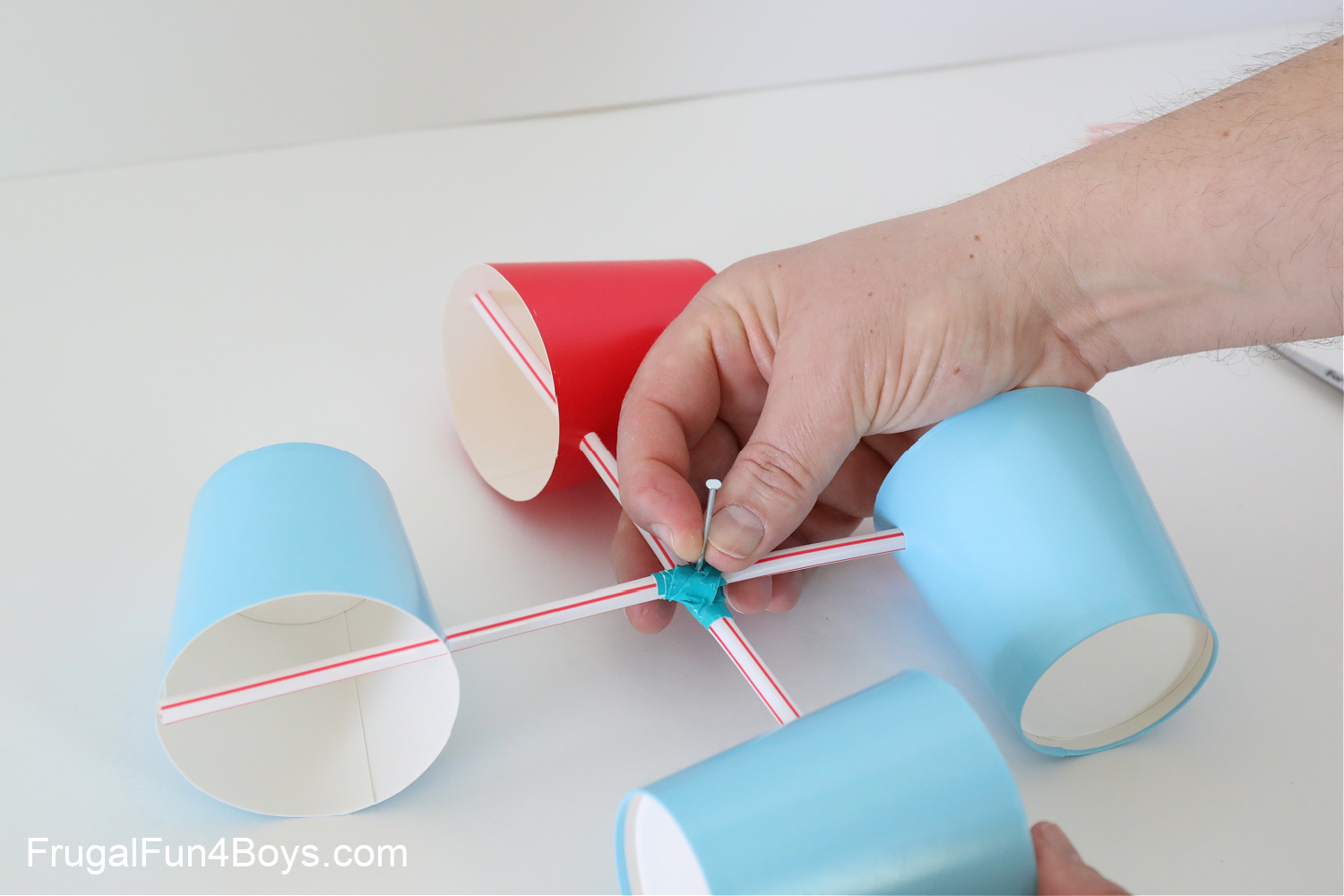Specialist Tips for Adjusting Your Anemometer for Ideal Efficiency
Specialist Tips for Adjusting Your Anemometer for Ideal Efficiency
Blog Article
Anemometers Revealed: Recognizing Their Value in Environmental Surveillance and Precaution
The duty of anemometers in ecological monitoring and security steps is typically taken too lightly, yet their significance is undeniable. From meteorology to aviation security, anemometers play a vital role in providing accurate data that educates decision-making procedures and enhances overall safety and security.
Background of Anemometers
The development of anemometers can be mapped back to the ancient people where simple wind determining tools were initial used. One of the earliest well-known anemometers was the hemispherical mug anemometer developed by Leon Battista Alberti in the 15th century.
In the 18th century, the prominent scientist John Thomas Romney Robinson introduced the Robinson anemometer, which featured 4 hemispherical cups installed on horizontal arms that extended from a central axis. This layout ended up being a requirement in meteorological measurements because of its precision and dependability. Throughout the years, advancements in technology resulted in the advancement of even more contemporary anemometers, consisting of ultrasonic anemometers and laser Doppler anemometers, using boosted accuracy and efficiency in determining wind speed and instructions. The history of anemometers showcases a remarkable journey of technology and development in the area of meteorology.
Types of Anemometers
Throughout the area of meteorology, various types of anemometers have actually been established to properly determine wind rate and instructions. Sonic anemometers use ultrasonic signals to measure wind rate and direction accurately. Hot-wire anemometers run based on the principle that the cooling effect of wind on a heated cable is proportional to the wind speed.
Applications in Weather Forecasting
Having reviewed the different types of anemometers made use of in meteorology for measuring wind speed and instructions, it is crucial to discover their functional applications in the area. Anemometers play a critical function in weather forecasting by offering real-time and accurate data on wind conditions (anemometer). Meteorologists utilize anemometers to keep an eye on wind rate and direction to forecast climate patterns, issue warnings for severe weather events like tornadoes, tornados, and hurricanes, and analyze climatic problems for aviation safety and security
In meteorology, anemometers aid in recognizing local and regional wind patterns, which are crucial for predicting weather adjustments and figuring out weather fads. These tools are additionally used in study to examine microclimates, metropolitan warmth islands, and air pollution diffusion. Furthermore, anemometers are employed in agriculture to enhance crop administration techniques, such as watering and chemical application, based on wind problems.
Relevance in Aeronautics Safety
An integral facet of ensuring air travel safety depends on the meticulous tracking of wind conditions making use of anemometers. Anemometers play an essential role in aeronautics by offering real-time data on wind speed and instructions, aiding pilots in making informed choices during flight, liftoff, and landing. Solid and unforeseeable winds can considerably influence aircraft procedures, making it necessary for aviation authorities to rely upon precise wind measurements to make sure the safety and security of travelers and team.

In the dynamic setting of air travel, where even minor adjustments in wind speed and instructions can have profound effects, anemometers stand as important devices for advertising safe and safe air traveling.
Duty in Environmental Research
Exactly how do anemometers add to advancements in environmental study? Anemometers play this content a crucial function in environmental research by offering necessary information on wind speed and direction. This information is crucial for comprehending different atmospheric procedures, such as air pollution diffusion, weather condition patterns, and environment modification. By precisely determining wind features, anemometers help scientists analyze the movement of pollutants airborne, examine the effect of commercial emissions, and forecast the spread of impurities in the setting.


Verdict
In verdict, anemometers have played a vital duty in ecological tracking and security steps. Comprehending the relevance of anemometers is essential for properly determining wind rate and direction, which is essential for anticipating weather condition patterns, making certain safe aviation see this here operations, and performing ecological researches.
One of the earliest known anemometers was the hemispherical cup anemometer designed by Leon Battista Alberti in the 15th century. Over the years, improvements in innovation led to the advancement of more modern anemometers, including ultrasonic anemometers and laser Doppler anemometers, using raised precision and efficiency in measuring wind rate and direction. Hot-wire anemometers run based on the concept that the cooling impact of wind on a warmed cord is symmetrical to the wind rate. Meteorologists use anemometers to keep an eye on wind speed and instructions to anticipate climate patterns, concern warnings for extreme directory weather occasions like tornados, hurricanes, and typhoons, and analyze climatic conditions for aviation safety.
Understanding the importance of anemometers is vital for properly measuring wind speed and direction, which is crucial for forecasting weather patterns, guaranteeing risk-free aeronautics operations, and conducting ecological studies. (anemometer)
Report this page